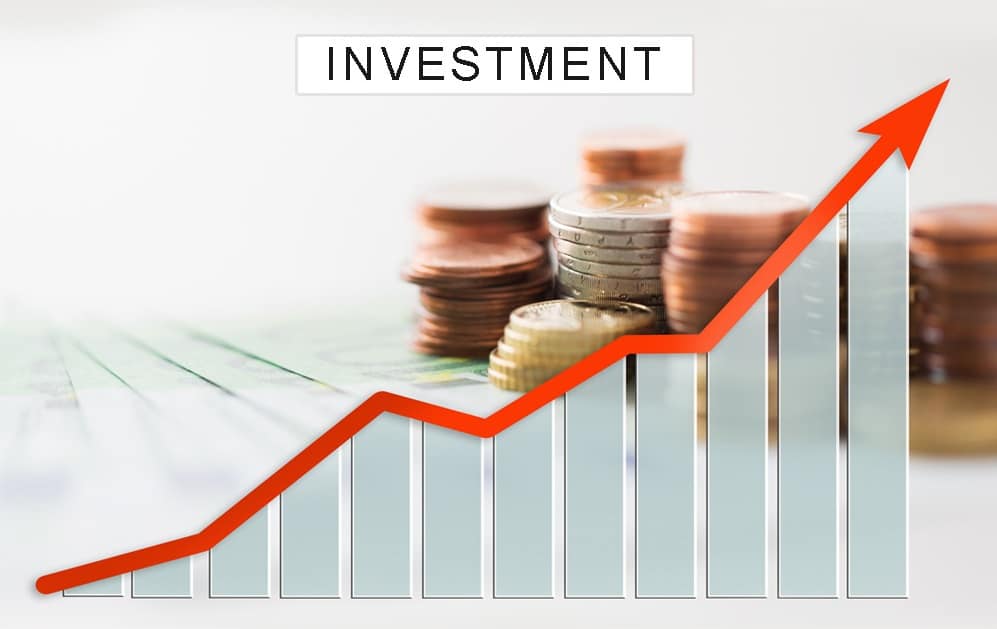An overview of President Biden's economic policies aimed at fostering sustainable growth

February 28, 2025
President Joe Biden's economic agenda is designed to foster sustainable growth, enhance competitiveness, and address pressing challenges such as climate change and income inequality. The administration's approach emphasizes strategic investments, tax reforms, and regulatory changes aimed at strengthening the U.S. economy.
1. Infrastructure Investment and Jobs Act (IIJA)
A cornerstone of Biden's economic policy is the Infrastructure Investment and Jobs Act, which allocates substantial funding to modernize the nation's infrastructure. This includes investments in transportation, broadband, and clean energy projects, aiming to create jobs and stimulate economic activity. The act is expected to generate significant employment opportunities and enhance the nation's competitiveness.
Wikipedia
2. Clean Energy Initiatives
The administration is committed to transitioning to a clean energy economy. Policies include incentives for renewable energy production, electric vehicle adoption, and energy efficiency improvements. These initiatives aim to reduce carbon emissions, create green jobs, and position the U.S. as a leader in the global clean energy market.
White House
3. Tax Reforms
Biden's economic agenda includes tax reforms aimed at increasing revenue and promoting fairness. Proposed measures involve raising taxes on corporations and high-income individuals, with the goal of funding infrastructure projects and social programs. Critics argue that these tax increases could have economic drawbacks, including potential reductions in economic output and employment.
Tax Foundation
4. Strengthening Supply Chains
Recognizing the vulnerabilities exposed by the COVID-pandemic, the administration is focused on strengthening domestic supply chains. This includes investments in manufacturing and technology sectors to reduce dependence on foreign suppliers and enhance national security.
U.S. Department of the Treasury
5. Workforce Development
Addressing income inequality and promoting economic mobility are central to Biden's agenda. Policies include expanding access to education and vocational training, increasing the federal minimum wage, and supporting labor unions. These efforts aim to equip workers with skills for emerging industries and ensure fair compensation.
6. Healthcare and Social Programs
The administration seeks to expand access to healthcare and social services. Proposed policies include expanding the Affordable Care Act, reducing prescription drug costs, and increasing funding for social safety nets. These initiatives aim to improve public health and reduce economic disparities.
7. Trade Policy
Biden's trade policy focuses on fair trade practices, strengthening alliances, and addressing global challenges such as climate change. The administration is working to renegotiate trade agreements to ensure they benefit American workers and industries.
8. Fiscal Responsibility
While implementing these policies, the administration emphasizes fiscal responsibility. The proposed budget aims to reduce the federal deficit over time through a combination of tax reforms and strategic spending. However, some analyses suggest that certain tax increases could have long-term economic impacts, including potential reductions in GDP and employment.

Exploring the latest changes in U.S. investment policies and their impact
The U.S. investment landscape in 2025 is undergoing significant shifts due to economic policies, trade regulations, and financial reforms. This article explores key policy updates, their effects on investors, and future economic implications

Impact of U.S. Policies on Global Economy
U.S. economic decisions influence global markets through trade policies, interest rates, and regulations, shaping financial trends and international stability

Key Insights on Policy Shifts and Market Impact
Recent U.S. policy changes are reshaping investment landscapes. Investors must stay informed about regulatory shifts, economic trends, and potential risks

U.S. Fiscal & Monetary Impact on Investments
Explore how U.S. fiscal policies and monetary decisions shape investment trends, affecting markets and economic strategies

The Impact of U.S. Government Spending on Investments
Government spending plays a crucial role in shaping the investment market by influencing economic growth, stock prices, bond yields, and investor confidence

U.S. Growth and Investment Trends
Explore how investment strategies shape U.S. economic growth, influencing markets, businesses, and financial trends for long-term stability

Understanding U.S. Reforms and Their Impact on Investors
Recent U.S. reforms are reshaping investment strategies, affecting markets, businesses, and investor confidence. Learn how these changes influence financial decisions

Understanding the Impact of U.S. Policies on Investments
U.S. policies continue to evolve, significantly impacting investment landscapes. This article delves into the most important policy changes expected to shape investment decisions and market behavior in the coming years. From government regulations to fiscal strategies, we analyze how investors can navigate the challenges and seize new opportunities as U.S. policies unfold

Understanding the U.S. Influence on Global Investment Trends
U.S. policies and trends have a profound effect on global investment strategies. This article explores the key factors, including fiscal, monetary, regulatory, and technological changes in the U.S. that are influencing investment strategies worldwide. Global investors must adapt to U.S. policy shifts to stay competitive in the market
The Atlantic Daily
Get our guide to the day’s biggest news and ideas, delivered to your inbox every weekday and Sunday mornings. See more newsletters
.webp)
Ideas That Matter
Subscribe and support more than 160 years of independent journalism.
Subscribe